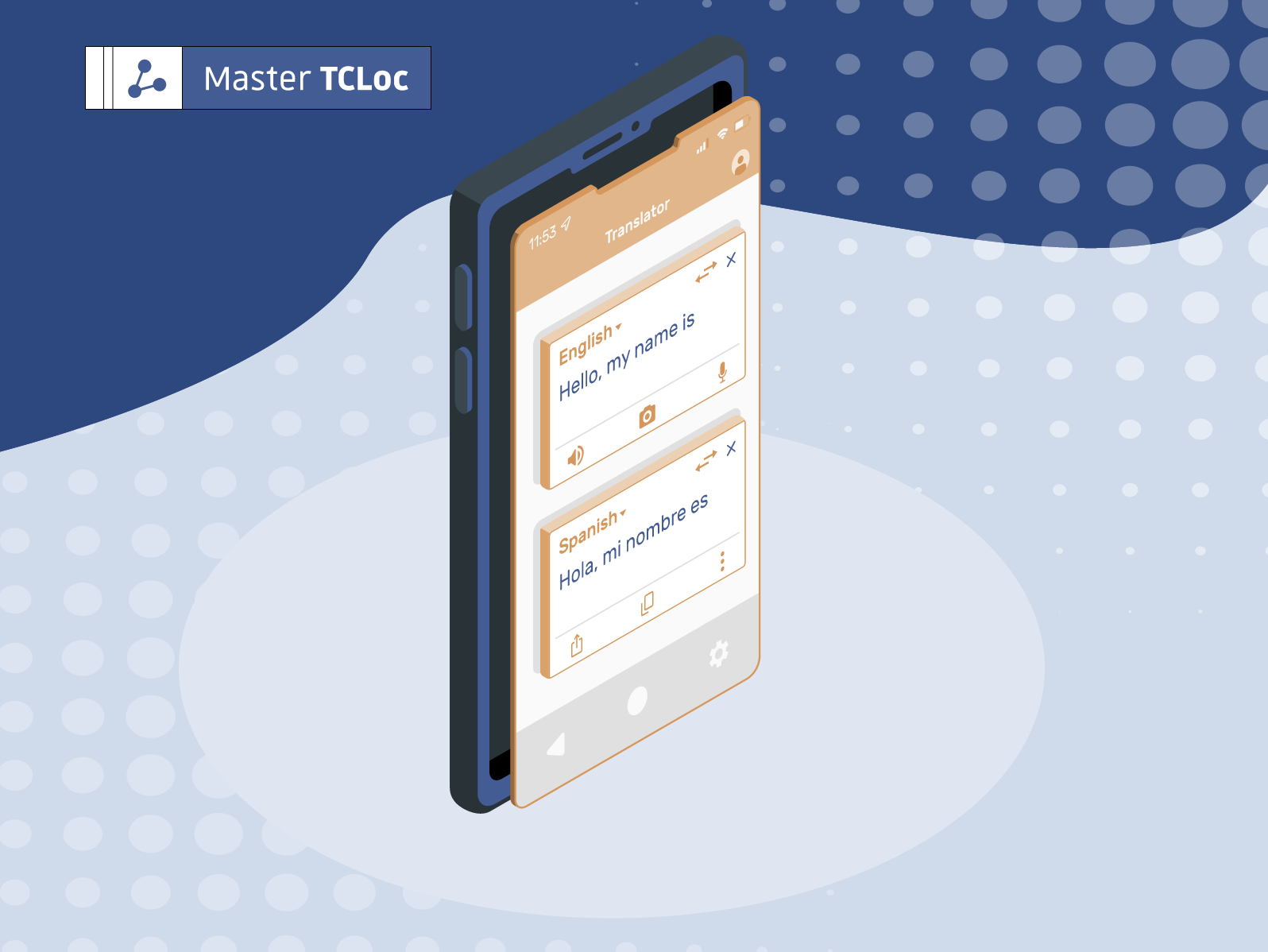Created in the early 1990s for software development, the agile approach can design, shape, and manage an entire IT project. Unlike traditional methods that are considered too inflexible, slow, or easily outdated, agile development places the customer at the centre of a project in order to adapt quickly to changes. Agile development methods, such as Scrum and Extreme Programming, reduce change costs by implementing principles, reference values, and validations, which lowers post-project costs.
Today, agile development has extended beyond the boundaries of IT projects and has found a prominent place in the corporate world, particularly in marketing. The process is based on communication that combines customer collaboration, transparency, and knowledge sharing. Linked to the world of digital and agile development, agile marketing offers an instant deployment of actions with a logic of tests and analysis of results at low cost. It is thus opposed to traditional marketing which, once planned, cannot be modified (audio-visual campaigns, print, etc.).
Agile development and translation
Agile development provides proactive and innovative actions in order to precisely meet the expectations and needs of a target audience. Applied to translation, it allows for greater and more flexible performance, producing evolving content that can be analysed in real time. The limitations of older and slower alternatives disappear, which results in better organized translations and immediate performance. Thanks to its project management system based on lean methods such as Kanban, agile translation also encourages teamwork between translators, editors, and proofreaders.
Ideal for limited and recurring needs, agile translation can be used for marketing, advertising, or technical documents. Despite a limited number of words per project (up to 5000 words), agile translation offers aerated and adaptable content in no time and at a low cost. Combined with intelligent technologies, and with customers as the main source of inspiration, agile development thus appears as THE innovative solution to remain the market leader.
Golden rules to achieve agile translation
Translation is usually planned at one of the last stages of the project. This leads to situations where a lot of work has to be redone as translators do not always have the whole context, which results in lengthy and costly repeated iterations. An agile process minimizes the effort, avoiding constant round-trips between stakeholders trying to fix misunderstandings. So what are the agile guidelines used in translation?
- Value communication: The customers should be involved in all stages of the project in order to provide valuable insights that help achieve the final result faster.
- Less for you, more for them: Do more for the customer than for your own comfort. Avoid creating internal documents to organize the process and use that time to translate. It’s the only way to be able to deliver quickly.
- Maximize automation: Automation equals efficiency, which reduces the end-customer costs. At first glance, this may seem counter-intuitive, as the agile approach values interaction between individuals. However, as humans do what they do best–communicating, computers should take care of the common tasks that are repeatable and time-consuming. CAT tools like SDL Trados or OmegaT can make your life easier.
Thank you for reading, we hope you found this article insightful.
Want to learn more or apply to the TCLoc Master’s Program?
Click HERE to visit the homepage.
Thanks from the TCLoc web team.



